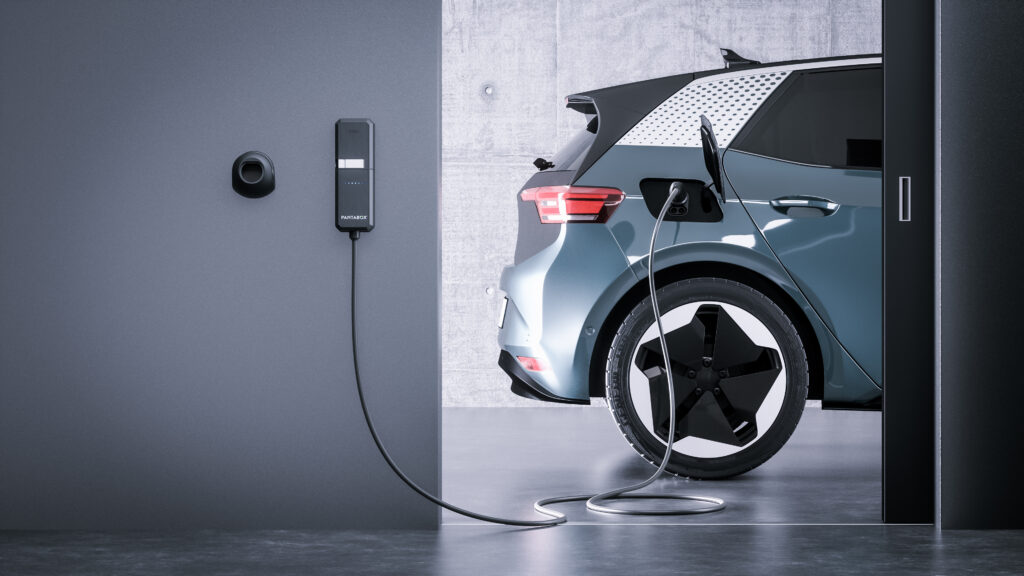
In order to install your own wallbox at home, legal and technical requirements must be met.
In the best case scenario, the wallbox is connected to your own PV system, allowing you to charge your electric car cost-effectively. There are many good reasons for having a wallbox at home - including the flexibility it offers you.
There are a number of requirements that must be met for charging with your own wallbox: There are both legal and technical requirements for charging solutions.
Do I have to register the wallbox or have it approved?
Where can I install my wallbox?
What power do I use the wallbox with?
Are there any subsidies for wallboxes?
There are also other regional subsidies for charging solutions for electric cars, such as the subsidy for wallboxes and electric cars in Baden-Württemberg or North Rhine-Westphalia (as of September 2023).
Who will install the wallbox for me?
Wallboxes are connected to power cables and may only be installed by trained electricians. Therefore, contact your trusted electrician and ask him about the PANTABOX.
The advantage: The electrician will usually also register your wallbox with the grid operator.
What technical requirements do I need to install a wallbox?
Conclusion?
With a little planning, nothing stands in the way of installing your wallbox: the installation of a wallbox with a charging capacity of 11 kW in particular does not require a permit and, in the best case, is also subsidized. So you can charge your electric car flexibly at home at your own charging station! If you also want to use your wallbox on the move, the PANTABOX is the right choice for you: simply remove the handset from the permanently installed docking station and charge at any socket thanks to the adapters.